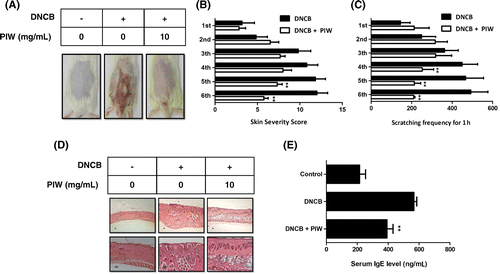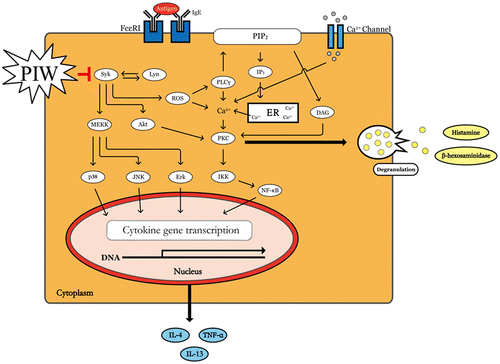Figures & data
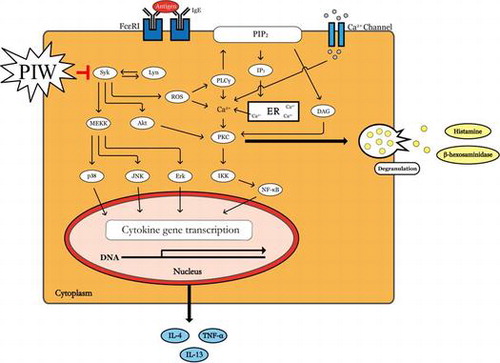
Fig. 1. Effects of PIW on IgE/Ag-induced RBL-2H3 cell viability and degranulation.
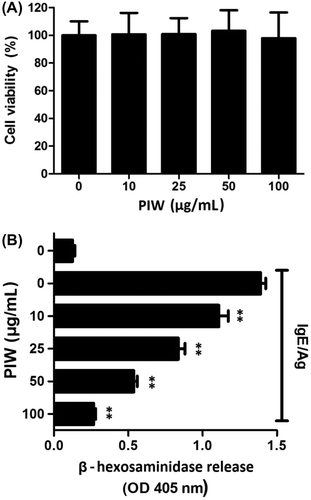
Fig. 2. Effect of PIW on IgE/Ag-induced passive cutaneous anaphylaxis.

Fig. 3. Effect of PIW on IgE/Ag-induced production of intracellular ROS.

Fig. 4. Effect of PIW on IgE/Ag-induced phosphorylation of Syk, PLC-γ, Akt, Erk, and JNK.
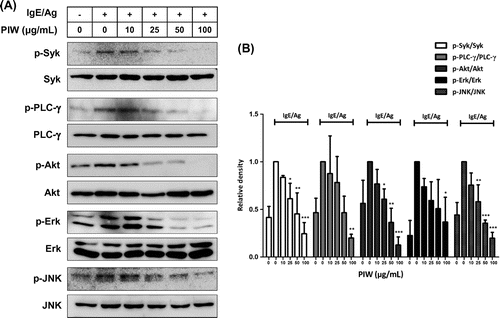
Fig. 5. Effect of PIW on IgE/Ag-induced expression of IL-4 and IL-13 mRNA.

Fig. 6. Effect of PIW on DNCB-induced AD-like ICR mice.
